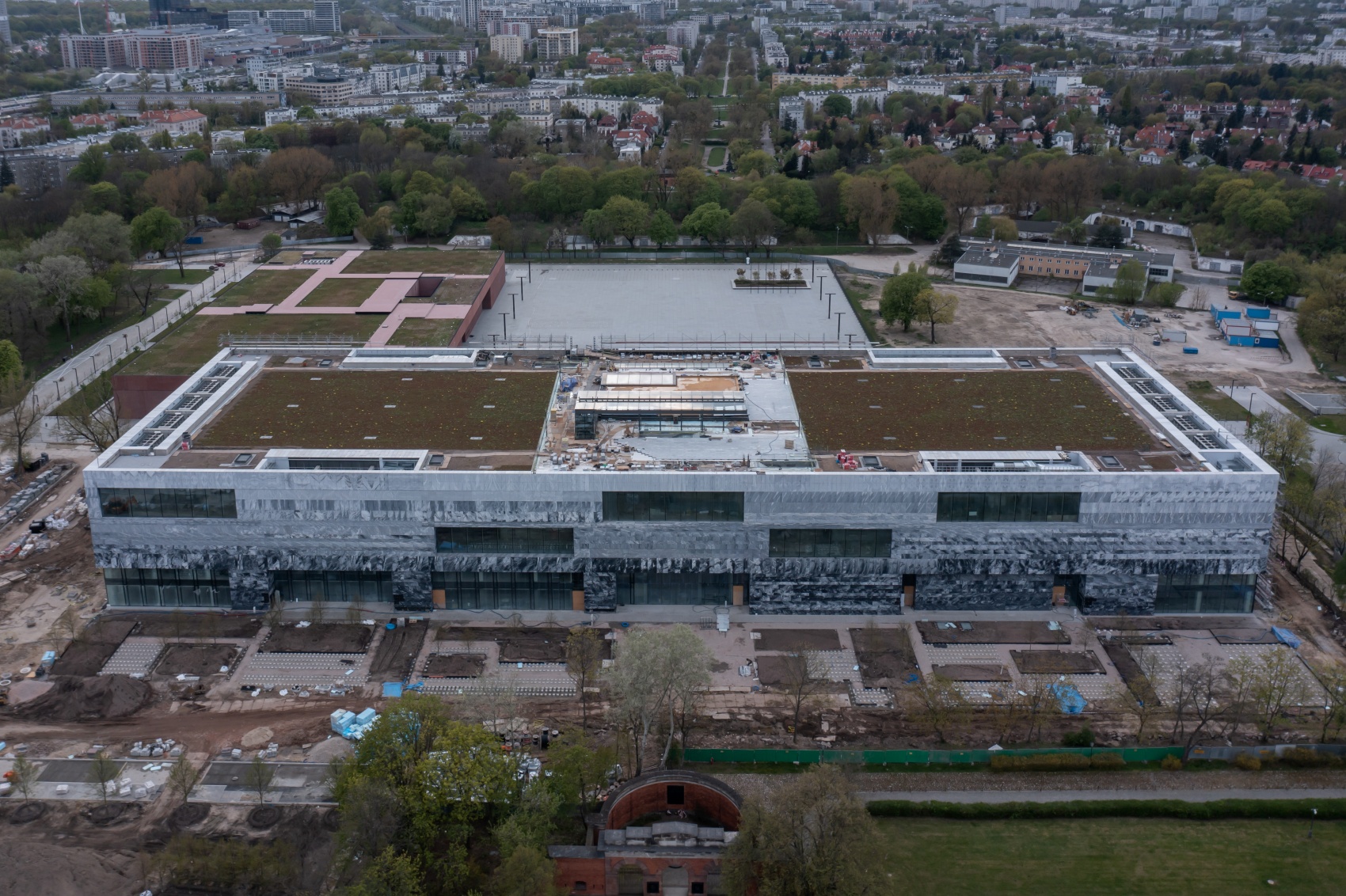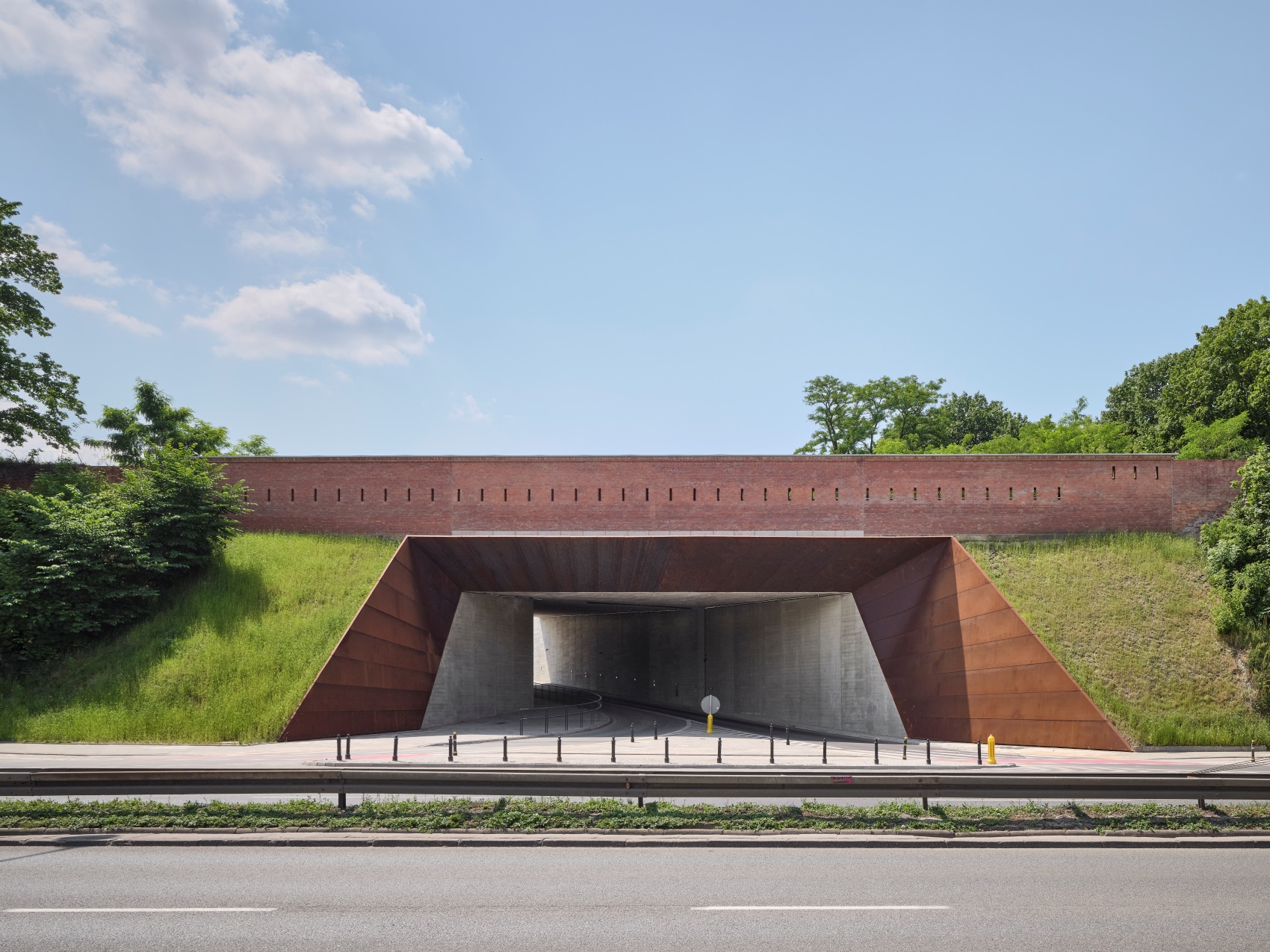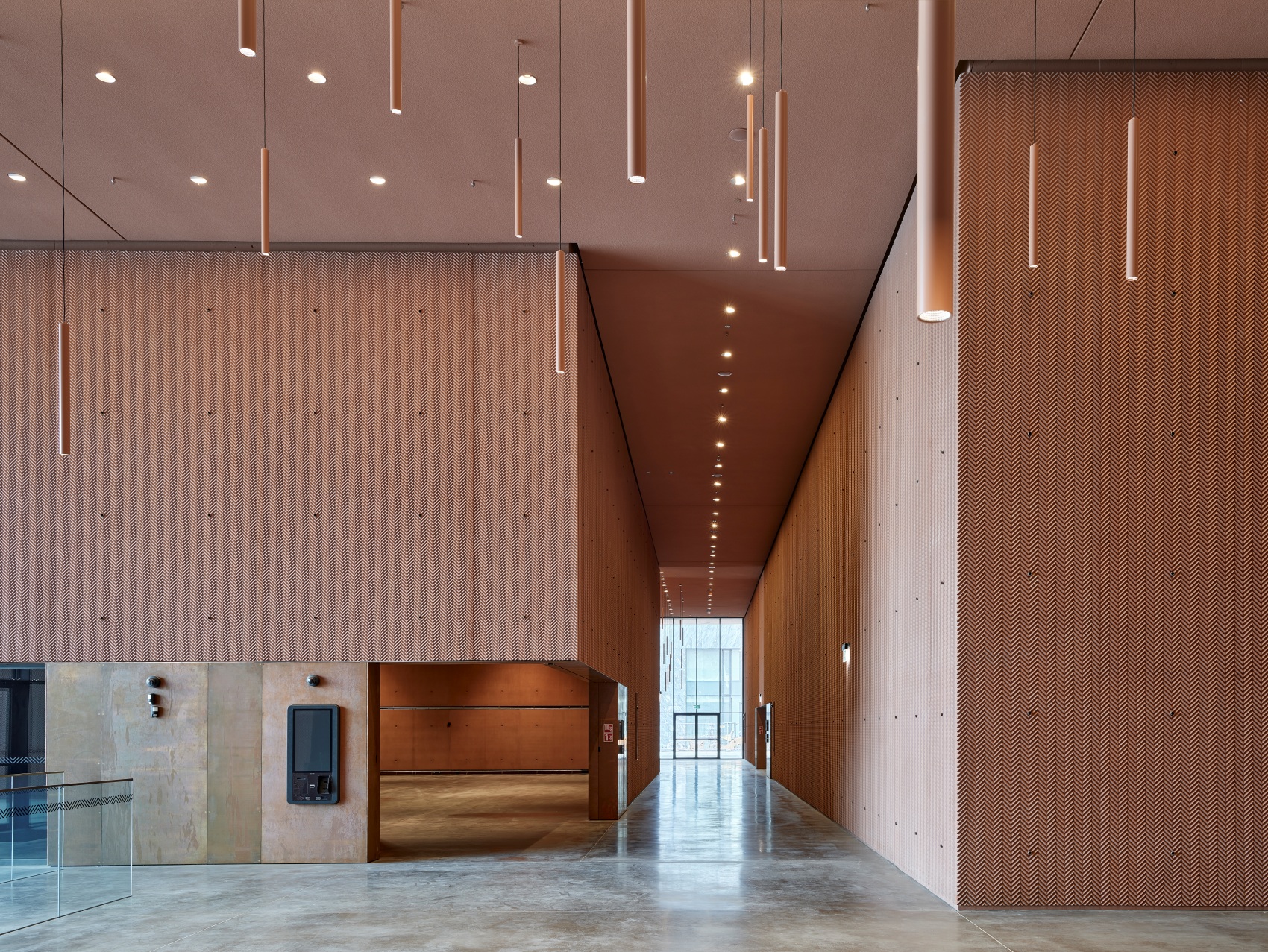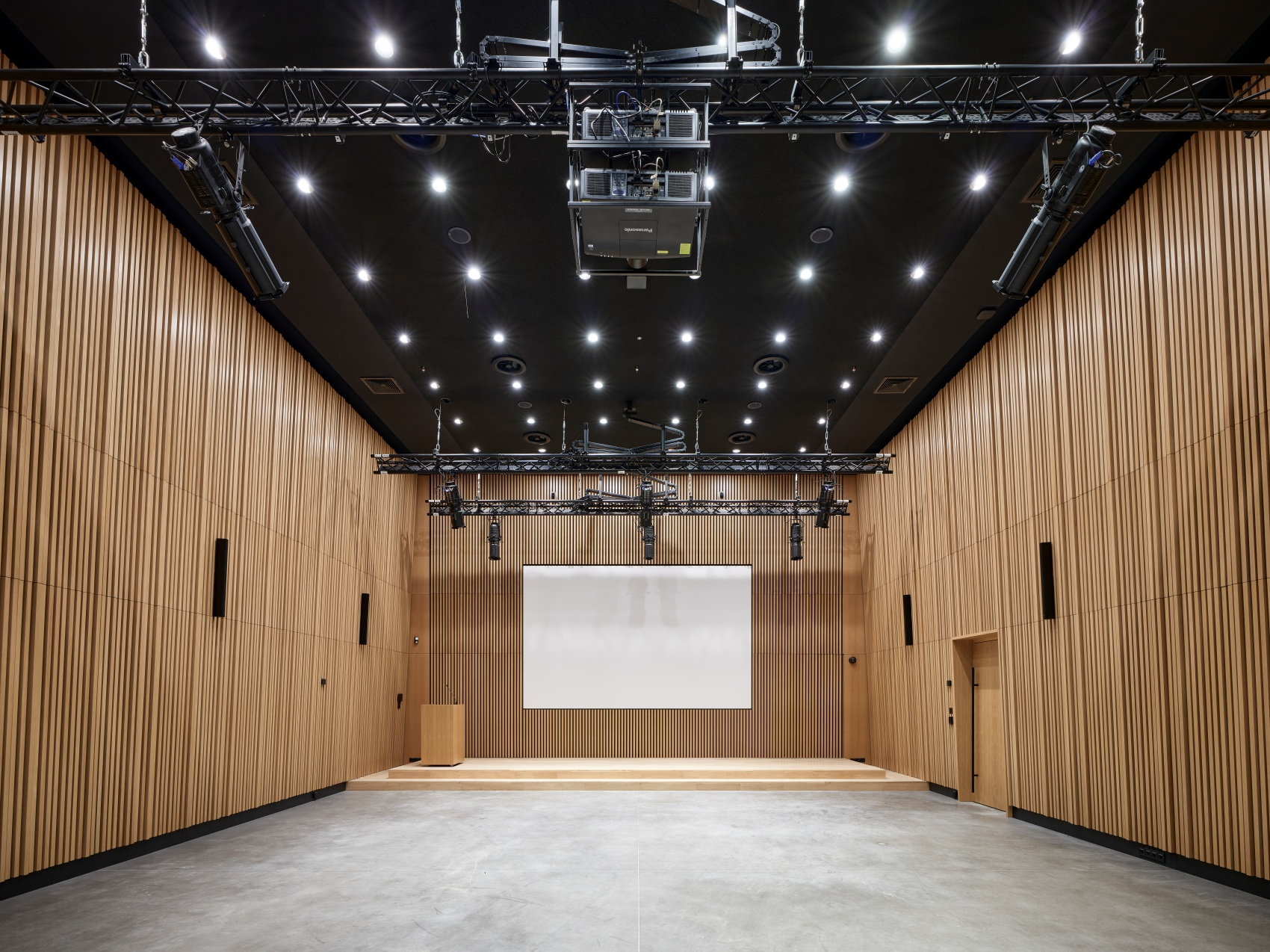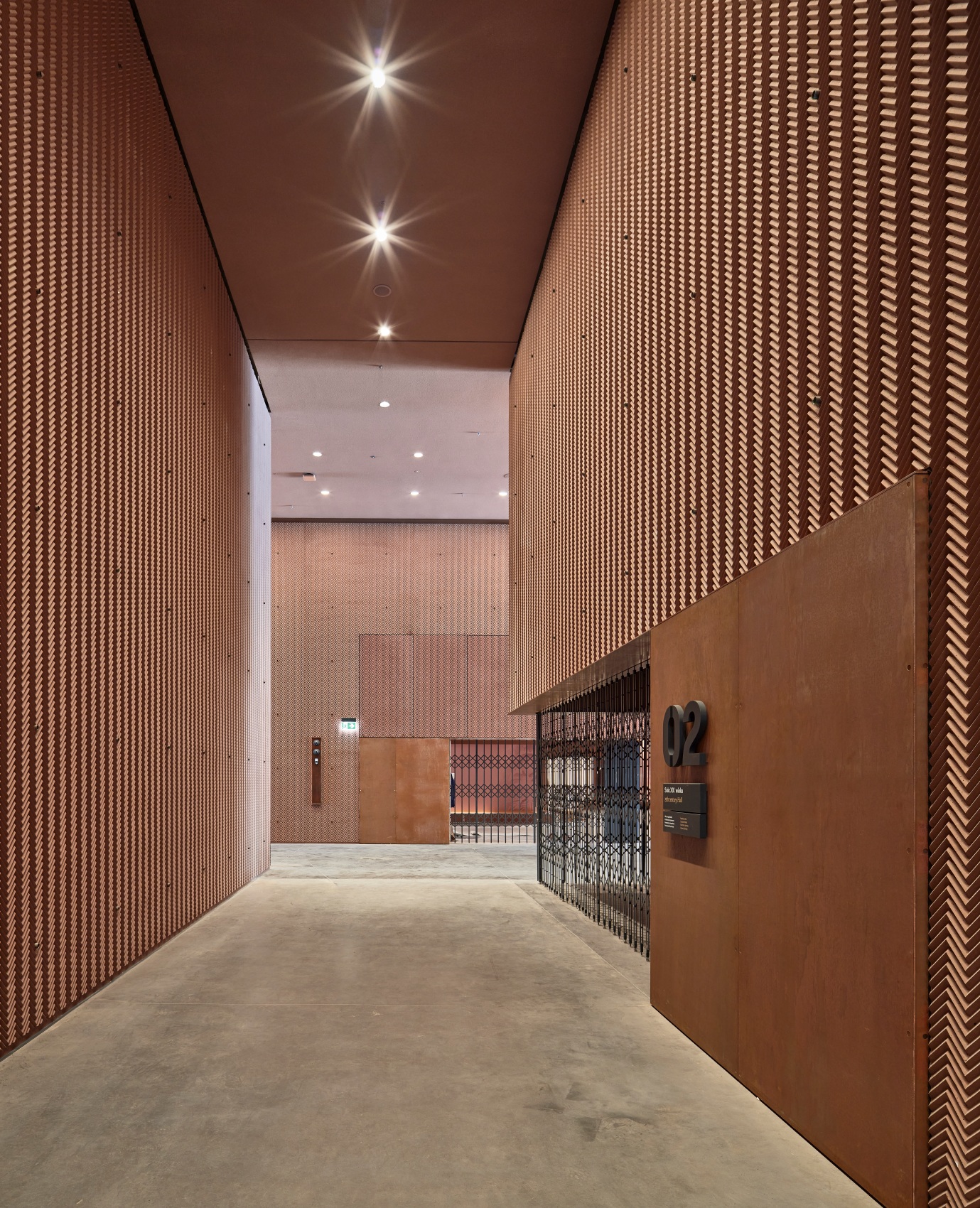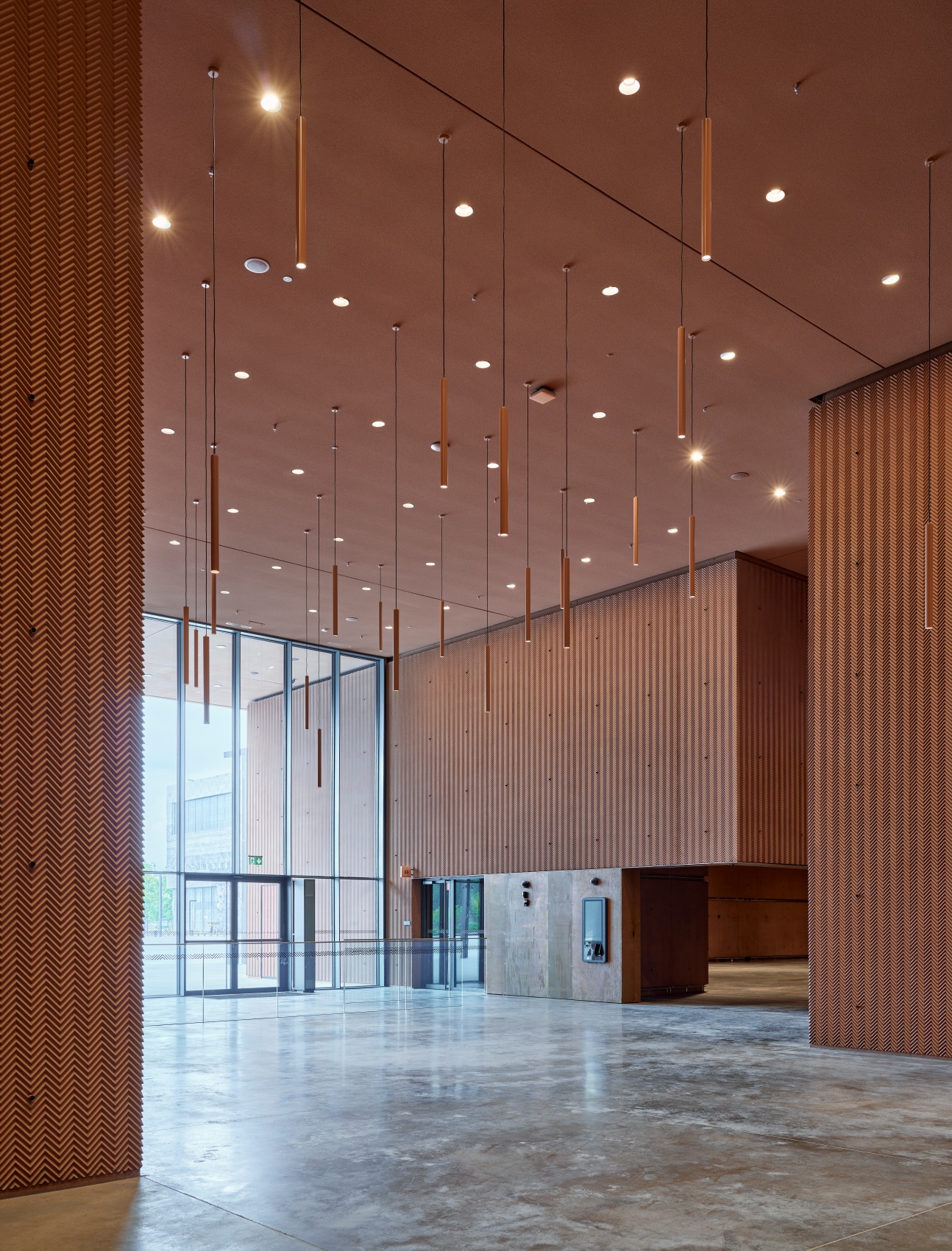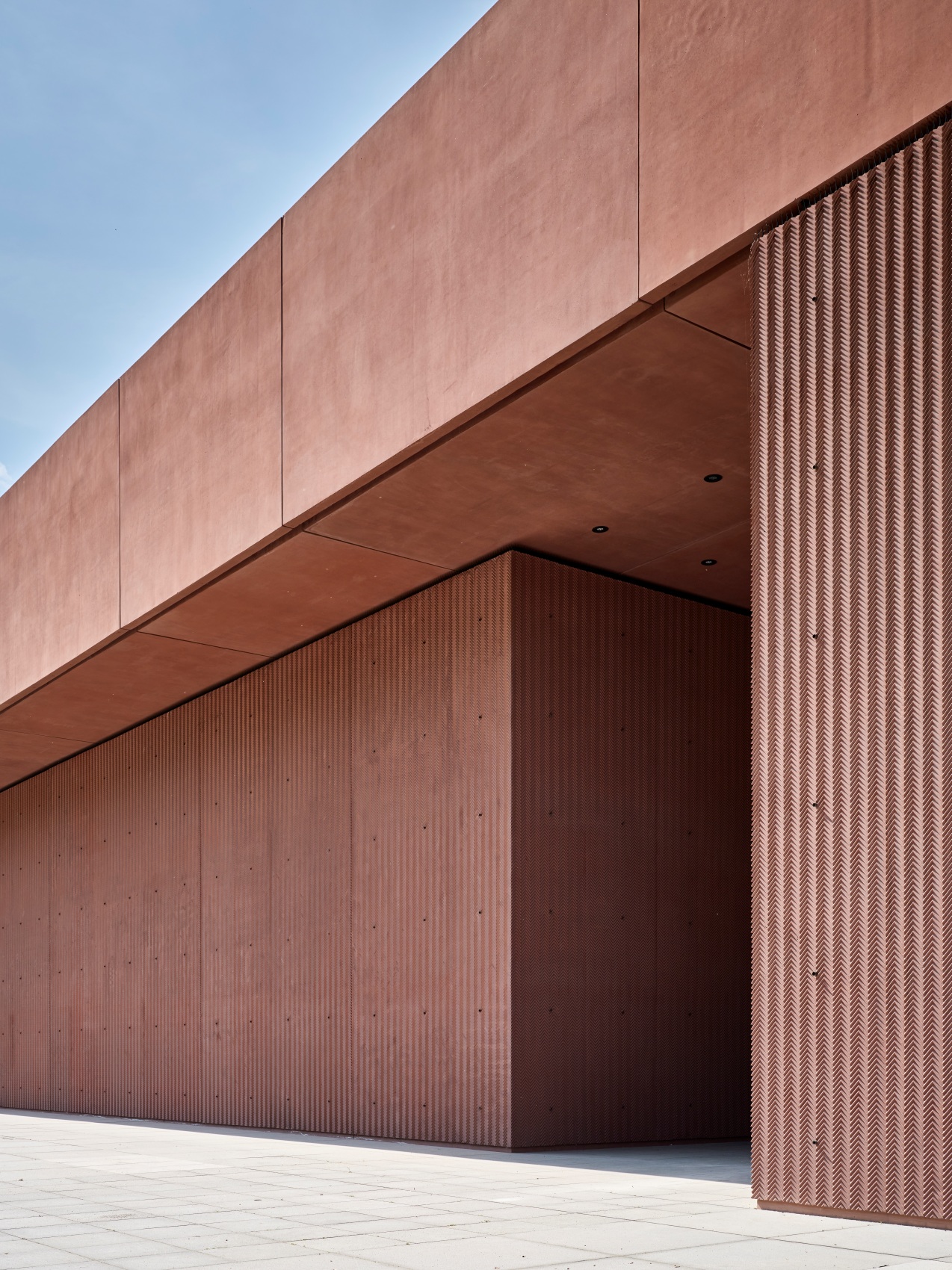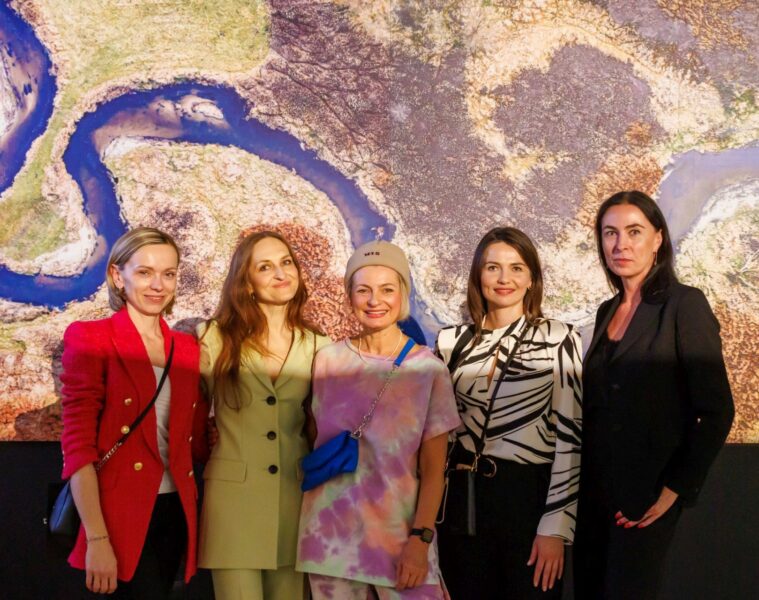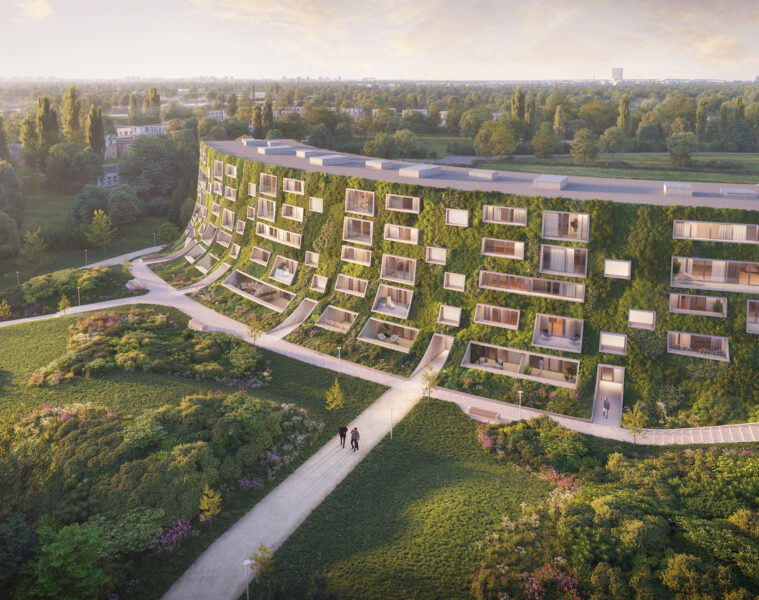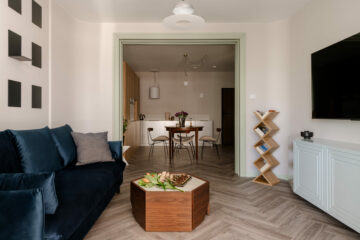We have been waiting for its opening for many years. The Museum of the Polish Army is starting its activities in its new premises on the grounds of the Warsaw Citadel. However, not everything is ready here. The site is still a huge construction site, as only half of the complex is ready
The new building of the Museum of the Polish Army was designed by architects from the WXCA studio. The museum will consist of several buildings. So far, the southern building has been completed and its official opening will take place on Sunday 13 August. The northern building is to be constructed at the next stage – only then will the institution be fully operational
The new headquarters of the Museum of the Polish Army in Warsaw
The history of the Museum of the Polish Army (MWP) dates back to 1920, when the institution was formally established by a decree issued by Marshal Józef Piłsudski. Over the years, the museum has amassed more than 300,000 exhibits. Such a rich collection requires a worthy place for display. Hence the idea to build a new building. The architects from WXCA prepared their project referring to the urban layout of the place – it refers to the 18th-century spatial composition of the barracks of the Crown Foot Guards with a central square
On either side of the square are the northern and southern edifices of the Polish Army Museum (the latter is ready), and in the central part the construction of the Polish History Museum is underway. As a result, in a few years there will be a large museum complex here that will be one of the largest and most modern museum complexes in Europe. Before this happens, the opening of one building of the MWP will have to suffice
The advantages of the Museum of the Polish Army
The architecture of the museum is impressive. The southern building is made of coloured architectural concrete, which has been decorated with a special pattern. It is a chevron, which is intended to visually refer to military motifs. Its sculptural form means that the delicate protrusions will intensify the play of light and shadow – the building will look slightly different depending on the angle of the light. The façade elements can boldly be described as engineering craftsmanship
The southern building of the MWP consists of eight blocks. Four of them house the permanent exhibition – the three largest ones present the history of Polish Arms from the beginnings of Polish statehood to the end of World War II. The fourth block contains oriental weapons. The fifth block has been prepared as a place for temporary exhibitions and events. The last three blocks were designed as a service and office space with an administrative section, an audiovisual block with a room for 100 people. The building designed in this way sets a new quality among Polish museums
Between the functional blocks there are glass facades, thanks to which the boundary between inside and outside is blurred. The museum also corresponds with the park in other ways – among the green areas there will be places for open-air exhibitions, and some of the historic buildings of the Warsaw Citadel will be adapted for service functions. We have treated the architectural structures of the entire establishment and the park space as an inseparable whole. This is what we mean by the term ‘museum park’, which goes beyond traditional thinking about museum space,” says architect Paweł Wolanin
A plus of the construction of the entire complex is the opening of the citadel to the public. It is a vast area of 30 hectares, which until now has remained enclosed by a brick wall. Easier access to the site is possible thanks to a new entrance gate, which is located on the Wisłostrada side. By car, it is possible to enter the underground car park located under the square’s slab
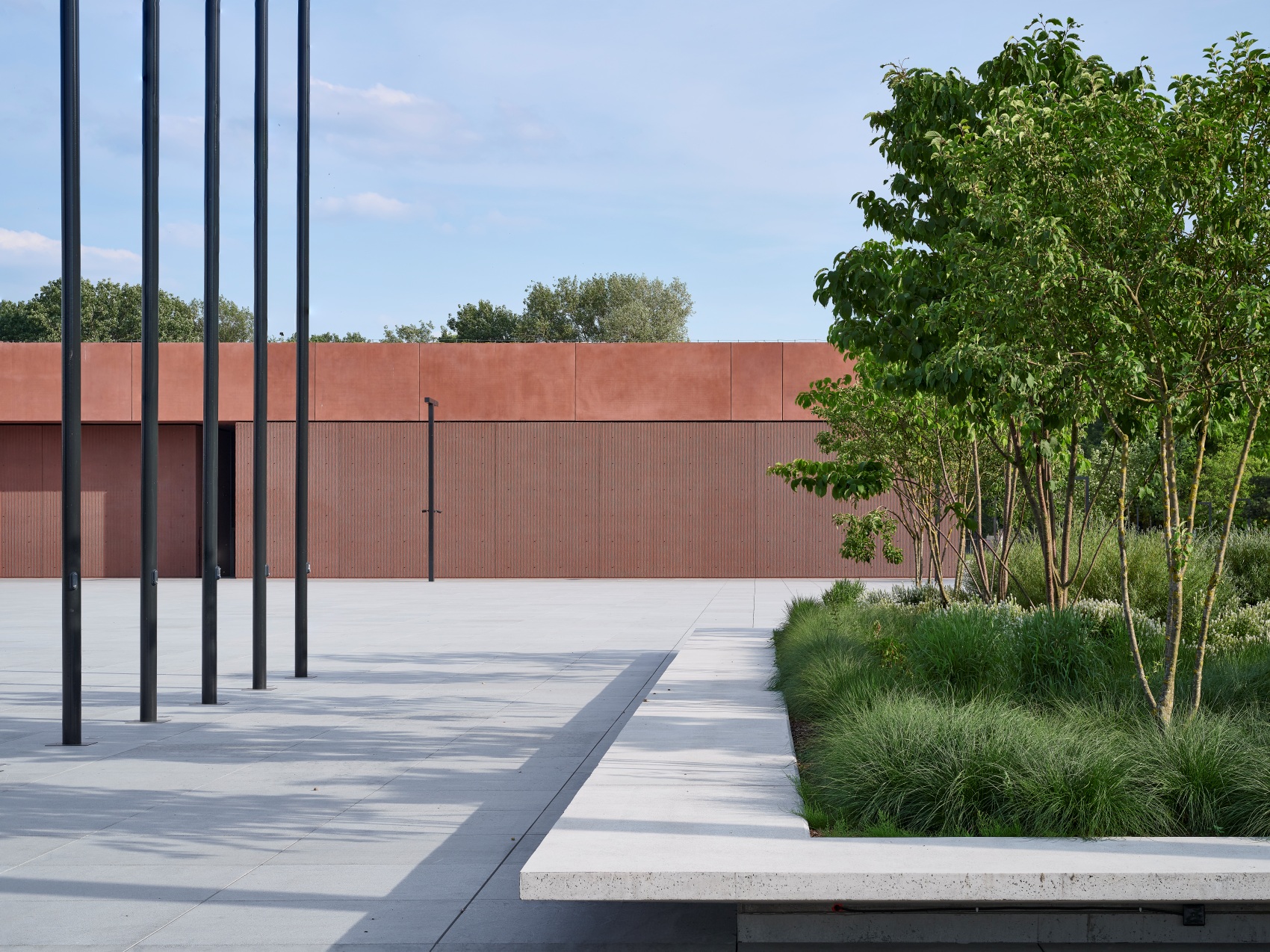
Ecology is an important aspect. The building has a green roof and geothermal heating and a closed water cycle. The stored water will be used to water the greenery
Disadvantages of the Museum of the Polish Army
The opening of the museum does not mean the end of its construction. In the coming days, it will be possible to visit only half of the planned MWP complex. As I wrote above, the institution boasts a collection of 300,000. This includes both tiny postage stamps and large military vehicles. Gathering them all in one edifice is, of course, impossible, so it is important to display the individual items skilfully, so that visitors to the facility can familiarise themselves with them in detail. The southern building houses objects documenting a thousand years of Polish military history – is one pavilion enough to do this well? I have my doubts; placing so many objects next to each other can create a sense of chaos, but I encourage readers to see for themselves
I also draw attention here to the so-called ‘wow’ effect. We have waited many years for the new MWP headquarters. It has a chance to become a place that attracts crowds of tourists. However, opening the institution “in the middle” may negatively affect the impression of the visit and discourage people from returning. The architects designed the headquarters as a complex of two buildings; only after the second pavilion is completed will it be possible to speak of a fully operational Museum of the Polish Army, with exhibits set up in their intended locations
Here it is worth mentioning the not so distant past. In 2009, it was planned that the impressive edifice of the Museum of Polish History, which is under construction next door, would be built over the Łazienkowska Route, in the vicinity of the Ujazdowski Castle. The rising cost of the investment meant that it was decided to build the building on the site of the Warsaw Citadel. As a result, instead of focusing on military exhibitions at the Citadel, the Museum of the Polish Army has to share limited space with other facilities: the Museum of Polish History, the 10th Pavilion Museum and the Katyn Museum, which is under construction. It is the Museum of Polish History that will be the main building here and will hold the palm of precedence
In the foreground, the Polish History Museum under construction, on the left you can see the first of the two buildings of the Polish Army Museum. Below is a visualisation ofthe project
My concern is also the huge square in front of the building. Although there is a car park part way underneath its surface, the whole thing covers the ground quite tightly. This brings to mind the phenomenon of the ‘concreting’ of squares and market squares, which we have written about many times. There is little greenery in the square in front of the Polish Army Museum
The exhibition opened in the southern pavilion, entitled “1000 years of the glory of the Polish Armed Forces. “1000 years of the glory of the Polish Armed Forces” presents three thousand of the most valuable relics. Among them is the oldest tank of the Polish Army – the Renault FT. This tank was found in Kabul, Afghanistan, and came to Poland in 2013. It is an incredible treat because the tank has been repaired and damaged components replaced with new ones. The reminder of the Battle of Grunwald is also impressive – it is the Gothic period, so the mannequin of Władysław Jagiełło with a detailed reconstruction of his clothing was placed in the vicinity of the Gothic cathedral columns
As we are only opening the first pavilion, we must, of course, expect it to remain largely a construction site or building site for some time yet. In time, however, it will of course be tidied up so that it becomes a kind of recreational area, an inviting area, giving freedom of communication between all the museums located here. Because you have to remember that there is also the Katyn Museum on the grounds of the Warsaw Citadel, which is our branch: X Pavilion Museum, a branch of the Museum of Independence; well, besides us, there will also be the Museum of Polish History. So it’s a real Citadel of Museums,” reads a statement by Paweł Żurkowski, director of the MWP, published by TVN Warszawa
The second pavilion will present the history of Polish militaria from the second half of the 20th century to the beginning of the 21st century. It will cover both the themes of armed resistance after World War II, the period of the Polish People’s Republic and the nucleus of the Polish army in exile. Visitors will also be able to learn about difficult elements in the history of this period, such as the use of the army in the People’s Republic to clash with the nation. Ultimately, more than 30,000 objects will be made available to the public in both buildings. Some of the exhibits are to be placed in the Citadel – but the museum authorities want them to be properly protected from the rain
How do you assess the new museum building? The official opening will take place on Sunday, 13 August, after which the facility will be open from Wednesday to Sunday from 10am to 4pm
photo: Marcin Czechowicz, Bartek Barczyk
source: press materials, TVN Warszawa
Read also: Warsaw | Museum | Modernism| History| Detail| Curiosities| whiteMAD on Instagram


